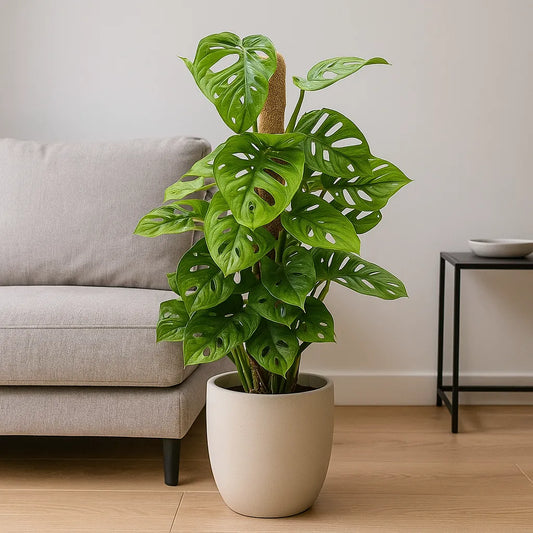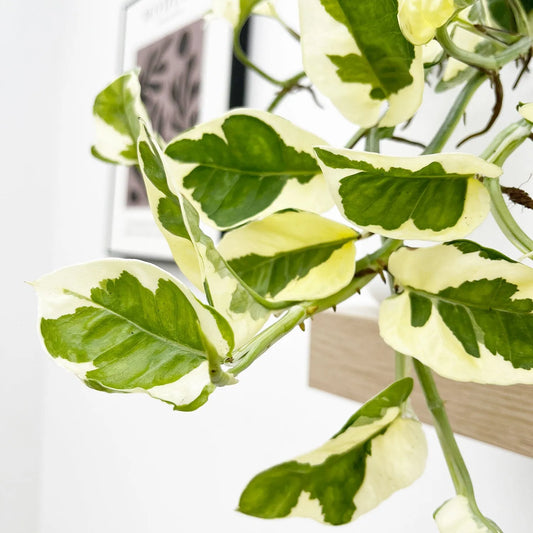Guide to spider mites on houseplants
Spider mites are a common enemy of houseplants, causing damage and stress that can leave your indoor greenery looking less than healthy. With the right knowledge and approach, you can tackle spider mite infestations and keep your plants thriving. This in-depth guide will teach you how to identify, control, and prevent spider mites from invading your houseplants.
- Identifying Spider Mites
Detecting spider mite infestations is the first step to addressing the problem. These minuscule, spider-like creatures are often difficult to see without a magnifying glass. Look for telltale signs of their presence, such as webbing and tiny white or red dots on the underside of leaves. Affected leaves may also become discolored and develop small yellow speckles.
- The Damage Caused by Spider Mites
Spider mite damage can take a significant toll on your houseplants. These pests feed on plant cells, causing leaves to become discolored, develop tiny yellow speckles, and eventually drop. Severe infestations can lead to stunted growth, reduced vigor, and even plant death if not addressed promptly.
- Controlling Spider Mite Infestations
Taking swift action against spider mite infestations is essential to protect your houseplants. Here are some effective methods for controlling spider mites:
- Isolate infested plants to prevent the mites from spreading to other plants in your home.
- Increase humidity around your plants, as spider mites thrive in dry conditions.
- Wipe leaves with a damp cloth to remove mites and their webbing.
- Use miticides or insecticidal soaps formulated specifically for spider mites, following the product's instructions for optimal results.
- Preventing Spider Mite Infestations Keywords: spider mite prevention, plant inspection, proper care
Preventing spider mite infestations is crucial for maintaining a healthy indoor garden. Here are some tips to keep spider mites at bay:
- Thoroughly inspect new plants before introducing them to your home, checking for signs of pests.
- Ensure proper care for your plants, as stressed plants are more vulnerable to infestations.
- Keep your plants clean by regularly removing dead leaves and wiping away dust from leaf surfaces.
- Maintain appropriate temperature and humidity levels to create an environment that is less conducive to spider mite reproduction.
By staying informed and proactive, you can successfully protect your houseplants from spider mite infestations and keep your indoor garden in peak condition. Early detection, prompt intervention, and a dedication to plant care will ensure that your houseplants continue to thrive, free from the threat of these tiny pests. Say farewell to spider mites and revel in the lush beauty of your pest-free indoor oasis!










